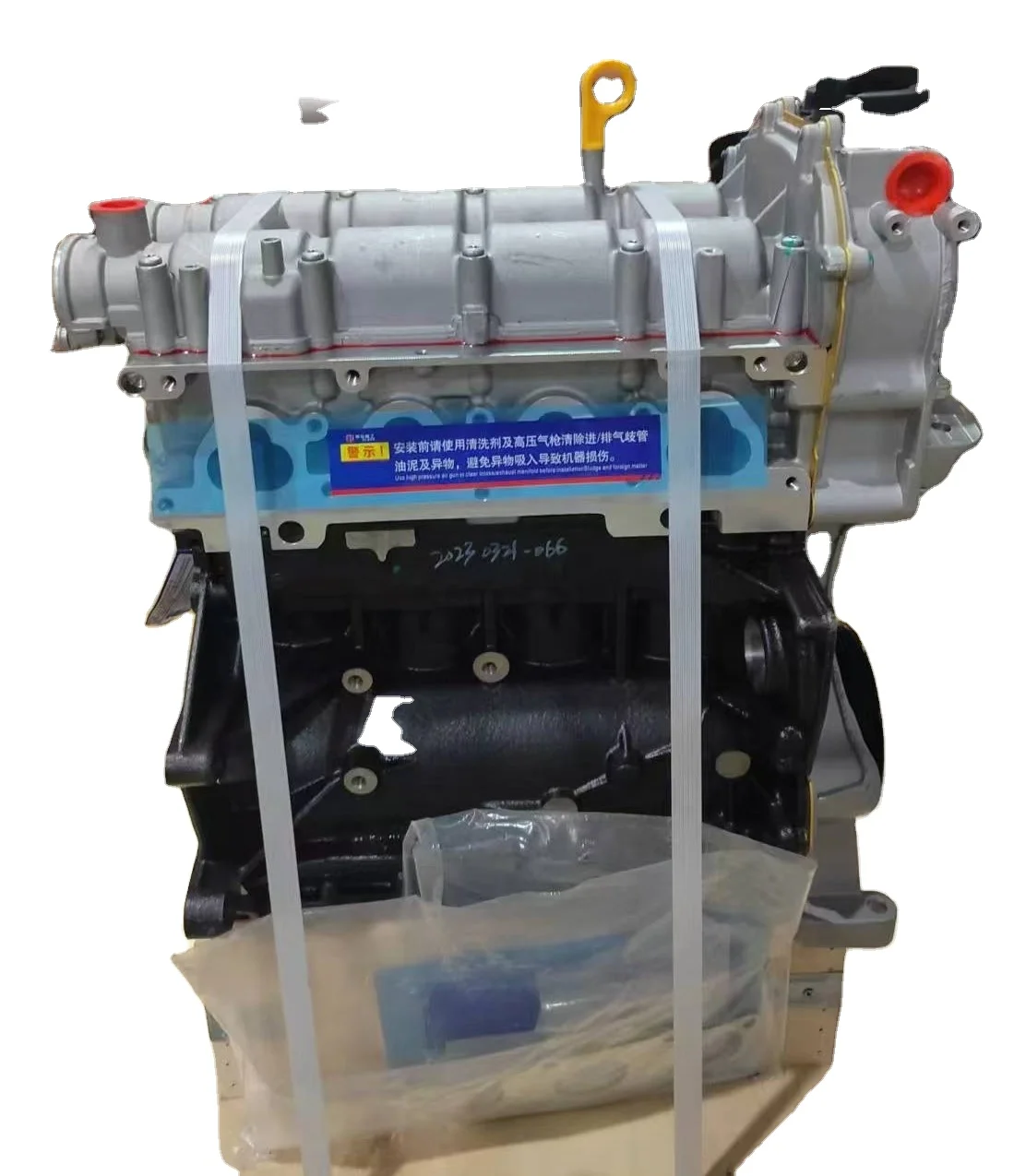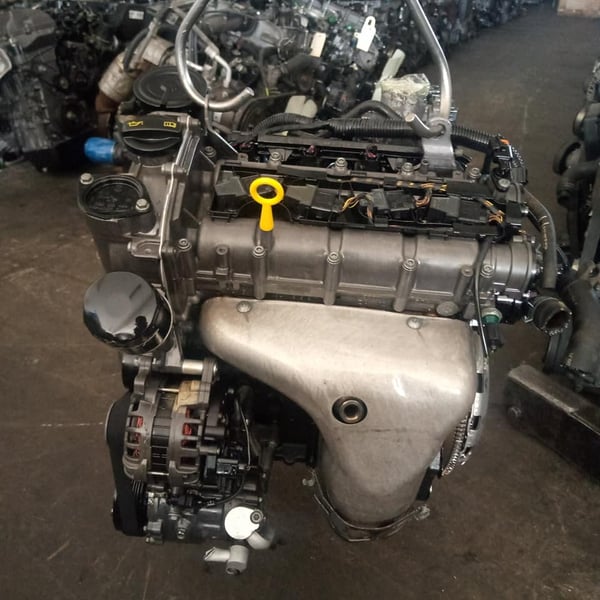How a Clp Engine Can Enhance Efficiency in Numerous Industries
The development of CLP engines marks a substantial shift in functional performance throughout various fields, driven by their capability to maximize fuel intake and reduce downtime. Industries such as production and logistics stand to acquire substantially from their robust style and consistent power outcome, which assure to improve procedures and enhance efficiency. As organizations increasingly focus on sustainability along with efficiency, the function of CLP engines comes to be even extra crucial. What continues to be to be seen is exactly how these advancements will form the future landscape of industrial operations and their effect on more comprehensive economic patterns (clp engine).
Overview of CLP Engines
CLP engines, or Continual Fluid Propellant engines, stand for a considerable development in propulsion innovation, specifically for area applications. These engines use a continuous feed system that permits the sustained expulsion of propellant, causing improved efficiency and efficiency contrasted to conventional solid or hybrid propulsion systems. By keeping a continuous flow of fluid propellant, CLP engines can attain much more precise thrust control, which is important for maneuvering spacecraft in numerous objective scenarios.
The layout of CLP engines incorporates advanced products and ingenious gas administration systems. clp engine. This leads to reduced weight and raised dependability, important variables for long-duration area missions. The continual operation decreases the danger of burning instability, a common difficulty in standard rocket engines.

Benefits in Manufacturing
The production of Continual Fluid Propellant (CLP) engines offers a number of significant benefits that boost both efficiency and cost-effectiveness. Among the key advantages is the structured production process, which reduces the intricacy linked with typical propulsion systems. By making use of fluid propellant, suppliers can accomplish higher precision in engine efficiency, bring about enhanced energy output and lowered waste.
In addition, CLP engines facilitate a greater degree of modularity, permitting easier assimilation right into various production lines. This versatility can considerably decrease preparations and enhance total operational flexibility. Using CLP innovation also often tends to lessen the need for comprehensive maintenance as a result of fewer relocating parts, which converts into reduced downtime and functional costs.

Applications in Logistics
Leveraging Continual Fluid Propellant (CLP) engines in logistics supplies substantial advantages in operational helpful resources efficiency and reliability. These engines offer a durable solution for different transportation requirements, allowing the seamless motion of products across large distances. The fundamental design of CLP engines enables regular power output, which translates right into smoother and extra foreseeable transport routines.
One of the essential applications of CLP engines in logistics is in heavy-duty freight transportation, where they can drive both ground and airborne automobiles. Their capability to preserve high performance under varying lots problems makes sure that shipment timelines are fulfilled, therefore boosting client contentment. Furthermore, CLP engines can be integrated into automated logistics systems, facilitating real-time monitoring and enhancing route preparation.
Moreover, the resilience of CLP engines reduces upkeep downtime, enabling logistics companies to optimize their operational capabilities. This is specifically helpful in warehousing operations, where performance in taking care of and moving products is crucial. As logistics remains to progress, the integration of CLP engines stands for a forward-thinking method that not just improves efficiency but also sustains the industry's expanding demands for integrity and speed.
Influence on Energy Performance
How do Constant Liquid Propellant (CLP) engines improve power efficiency in transportation? CLP engines make use of a consistent circulation of fluid fuel, maximizing combustion processes and keeping a stable drive outcome. This layout minimizes energy losses related to conventional burning engines, where gas delivery can vary and bring about inefficiencies.
The continual operation of CLP engines permits an extra efficient thermal cycle, leading to greater details impulse compared to traditional engines. clp engine. This converts to lowered fuel consumption for the same amount of work done, dramatically lowering operational expenses across different transport sectors, including aviation and maritime markets
Moreover, the ability of CLP engines to maintain ideal here are the findings efficiency under differing lots problems lowers the need for frequent velocity and slowdown, better enhancing fuel efficiency. Improved energy efficiency not only adds to set you back financial savings however likewise causes reduce greenhouse gas discharges, lining up with worldwide sustainability goals.
Future Trends and Innovations
Emerging developments in Constant Liquid Propellant (CLP) engine innovation guarantee to reinvent the landscape of transportation efficiency and sustainability. As industries pivot toward greener choices, CLP engines stand at the center, incorporating ingenious materials and design methodologies that boost performance while reducing environmental influence.
Among the most promising fads is the fostering of hybrid systems that combine CLP engines with eco-friendly power resources. This harmony can optimize gas intake and decrease emissions, straightening with worldwide this content sustainability goals. Moreover, innovations in computational liquid dynamics (CFD) are promoting the layout of more aerodynamically reliable engines, resulting in reduced drag and boosted fuel performance.
Additionally, the advancement of smart tracking systems is readied to enhance operational efficiencies. These systems take advantage of information analytics and IoT innovation to optimize engine performance in real-time, making certain that the engines operate within their most reliable parameters.
As study remains to check out different propellant formulations-- such as biofuels and artificial gas-- the future of CLP engines looks appealing. By using these developments, sectors can not only enhance their performance but also contribute dramatically to a cleaner, much more sustainable future in transport.
Conclusion
Finally, CLP engines stand for a substantial development in effectiveness throughout several sectors. Their ability to enhance gas intake and reduce operational expenses, integrated with a continual feed system, boosts power output and operational integrity. The assimilation of sophisticated products and fewer moving parts reduces upkeep needs, while placement with sustainability objectives positions CLP engines as a critical innovation for the future. Proceeded technology in this area assures more renovations in efficiency and ecological efficiency.